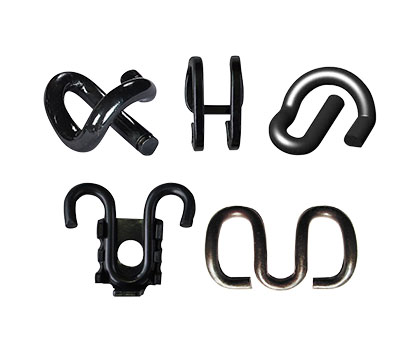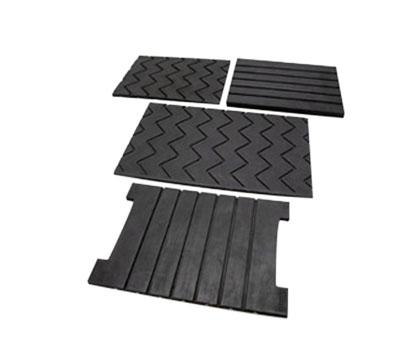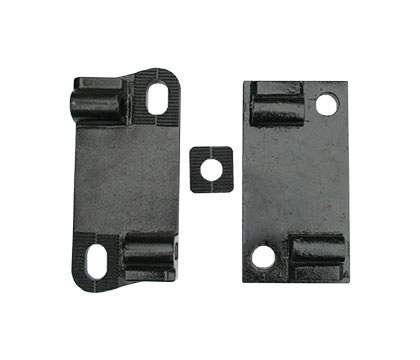Railway rubber pads are an important part of railway construction that plays a crucial role in ensuring the safety and smooth operation of trains. These pads are placed underneath railway tracks, where they provide cushioning, vibration reduction, and noise insulation to the rail system.
In this article, we will explore the different aspects of railway rubber pads, including their composition, classification, and thickness, and how they impact railway operations.
What is a railway rubber backing plate and its role in railway construction
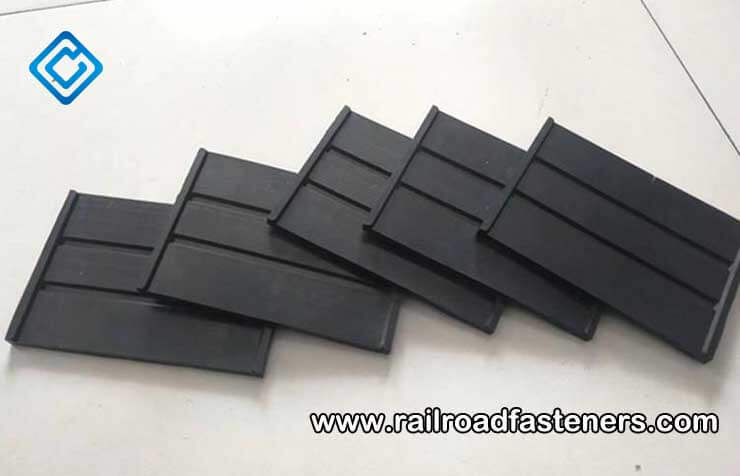
A railway rubber backing plate is a rectangular-shaped pad made of rubber that is installed underneath railway tracks. The main role of these pads is to reduce the impact of vibrations, which are caused by passing trains, on the rail system.
Railway rubber pads also help to reduce noise levels that can be produced by train wheels when they travel on rails. In addition, the rubber pads provide a level of insulation, preventing the loss of heat from the railway tracks during cold weather conditions.
What is the rubber pad made of?
Railway rubber pads are typically made of high-quality rubber that is capable of withstanding harsh weather conditions and heavy loads. The most commonly used rubber for railway rubber pads is natural rubber, which is derived from the sap of rubber trees.Synthetic rubbers such as SBR (Styrene Butadiene Rubber) and EPDM (Ethylene Propylene Diene Monomer) can also be used in the production of railway rubber pads. These synthetic rubbers provide enhanced resistance to oil, heat, and weathering, making them an excellent choice for use in railway tracks.
Classification of railway rubber pads
Railway rubber pads can be classified based on their shape, size, and application. The most common shapes of railway rubber pads are rectangular and trapezoidal. Rectangular pads are typically used in areas where the track is straight, while trapezoidal pads are used in areas where the track is curved.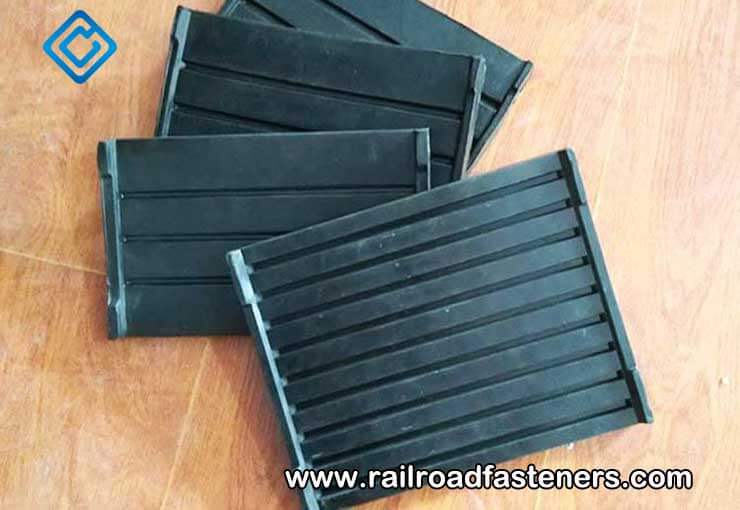
The size of the railway rubber pad can also vary depending on the intended application. Larger pads are typically used in high-speed rail systems, while smaller pads are used in lower-speed systems.
Railway rubber pads can also be classified based on their application. For example, some pads are designed for use in ballasted track systems, while others are used in non-ballasted systems.
What is the thickness of the railway rubber pad?
The thickness of the railway rubber pad can vary depending on the intended application and the type of track system being used. Typically, railway rubber pads range in thickness from 10mm to 60mm.
The thickness of the railway rubber pad can have a significant impact on railway operation. A thicker pad provides more cushioning and insulation, reducing the impact of vibrations and noise. However, a thicker pad can also increase the height of the railway track, which can lead to issues such as clearance problems and reduced speeds.
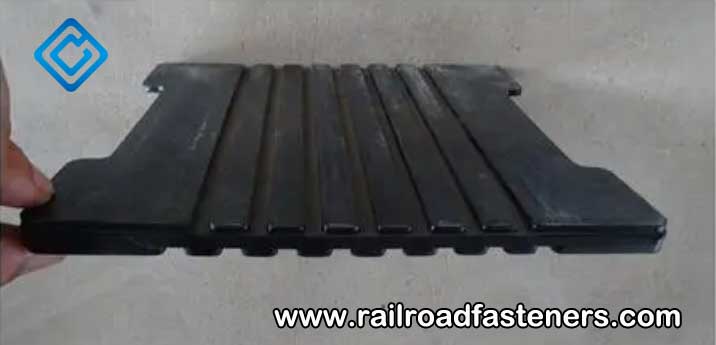
On the other hand, a thinner pad provides less cushioning and insulation, which can lead to increased noise levels and a greater impact of vibrations on the rail system. However, a thinner pad can also help to maintain a lower profile for the track system, which can be beneficial in certain situations.
In conclusion, railway rubber pads are an essential component of railway construction. They provide cushioning vibration reduction, and noise insulation, which are all critical for ensuring the safe and efficient operation of trains. The composition, classification, and thickness of the railway rubber pad can vary depending on the intended application and the type of track system being used. It is important to choose the right type of pad to ensure optimal performance and safety in railway operations.

